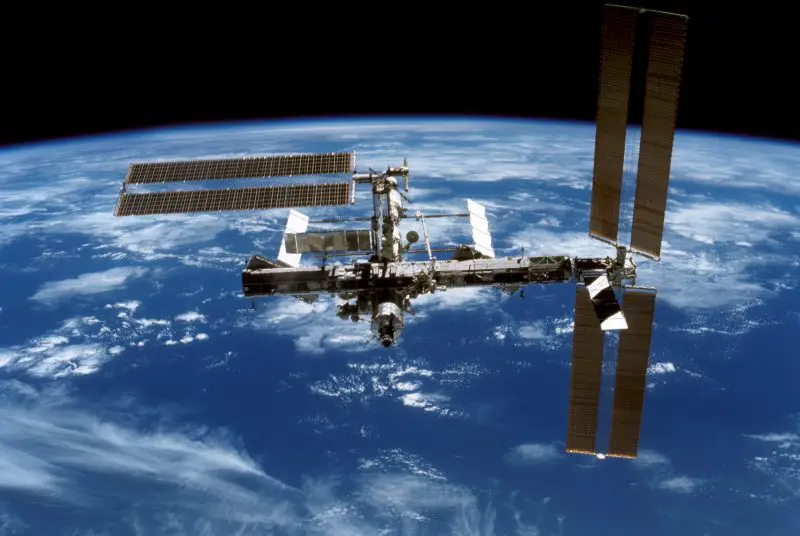First of all, there definitely is a lot of gravity in space. Gravity is a force that is very prevalent in space, even if it is not strong everywhere. In relation to the surface of Earth, gravity is obviously weaker the further from Earth you go, but gravity is still there in space. Gravity can never be completely taken away, even if an astronaut is floating aimlessly in space, they will eventually come into the gravitational field of a large object. Because of gravity being present everywhere in space, our ‘floating’ astronaut is actually constantly falling. Everything is always falling in space thanks to the constant presence of gravity.
Gravity is more obvious on the surface of Earth since the gravitational force is stronger when closer to the surface. Because of this, if you were to fall from a building, gravity would act in a way on your body that draws it closer to the surface of Earth.
This is made obvious by the falling, wind whizzing past you, and seeing the ground coming closer and closer. But the astronaut floating in space will not feel any wind/air and will not be able to see anything immediately coming closer to them. This means that the effect of gravity in space may be a little less obvious than it is on Earth.
But gravity is still present!
This is mainly thanks to the fact that space is so vast and ‘empty’ (although space is never truly empty). Because everything is spread out in space, there are no obvious way markers and landmarks to differentiate whether our floating astronaut is moving closer or further away from a planet, asteroid or star.
It can take years to reach another object with a large mass in space, and therefore to reach another field of gravitational pull. The floating astronaut will not even feel the effects of another planet’s gravitational pull until it comes closer to it, but gravity is always acting on them.

This is compared to the seconds that it would take for you to fall to the bottom of a building from the top. Although gravity is acting on both people in both situations, it is just stronger in the scenario on Earth.
Another example of why gravity is not always obviously present in space is that things can orbit other objects. Orbiting is what the Earth does around the sun, along with all of the other planets in our solar system.
The Earth is essentially falling into the sun due to its gravitational pull, but it constantly misses it, and instead spins around it.
As previously mentioned, space is tremendously vast, and planets and other objects pale in size comparison. Because of this, it is very unlikely that two planets will collide. Instead, they slingshot around each other in paths that are facilitated by the other planet’s gravitational pull.
The environment where orbiting around a planet occurs is also called ‘microgravity’ by scientists. This can be confusing, since it suggests that there is another type of gravity, or another distinct level of gravity to consider. But this is really just another term for ‘micro acceleration’ or ‘free fall’.
Imagine our floating astronaut again. If the atmosphere of a planet doesn’t burn an astronaut up first, they would ‘fall’ onto the planet after spinning around it multiple times. This is still the same kind of falling that occurs on Earth, but different because of the level of gravity on Earth.
If this astronaut was orbiting Earth, they would be experiencing what scientists call ‘free fall’. This is where the astronaut is experiencing Earth’s gravity, but there is nothing to stop them (like the Earth’s surface). Compared to the person who is falling from the building, free fall will look like floating. But both people have gravity acting upon them.
Like many forces, gravity has different levels and strengths: it is more obvious and measurable when talking about objects with large mass such as planets. That is why gravity is so noticeable on Earth for us humans. We are tiny compared to the Earth. But Earth is small compared to the sun…
The Earth’s distance from the sun is round 93 million miles. If you think about how far this is and let it sink in, you can begin to understand that there definitely is gravity in space. Since the Earth is orbiting the sun, meaning it is being affected by its gravitational pull, there must be gravity present in space. 93 million miles is a lot of space.
And Earth is not even the furthest object orbiting the sun. Pluto’s distance from the sun is around 3.9 billion miles, and it is still being pulled by the sun’s gravity. Therefore, you can conclude that there definitely is gravity in space, and a lot of it too!